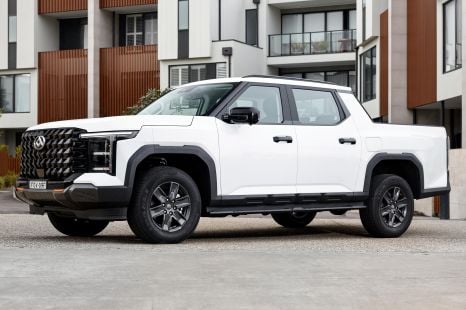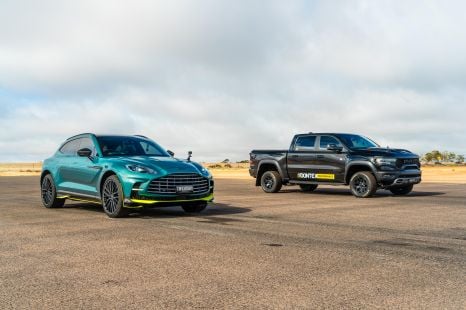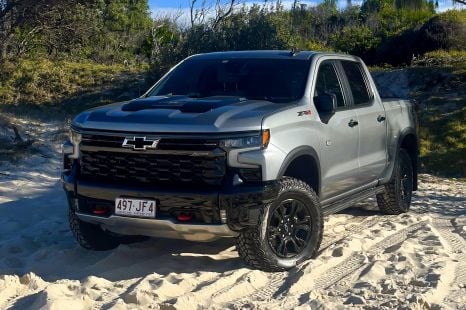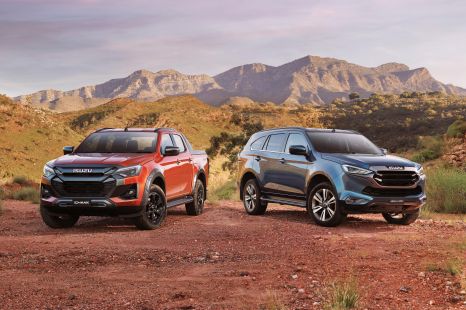

Damion Smy
2025 LDV Terron 9 review
26 Days Ago

Journalist
The automaker’s UK arm will make prototypes of the Toyota HiLux ute with a hydrogen fuel cellelectric (FCEV) drivetrain, and aims to put the zero tailpipe emission ute into small-scale production.
The automaker has secured £11.3 million ($20.4 million) in funding for the project from automotive industry-led Advanced Propulsion Centre. This money includes £5.6 million ($10.1 million) from the UK government.
Toyota says the first HiLux FCEV prototypes will be built next year at the automaker’s plant in Burnaston, just outside of Derby.
After testing is successfully completed, the car maker is aiming to put the hydrogen ute into “small series production”.
It’s unclear whether these vehicles will be available for sale or lease. It’s also unknown how much they will cost.

The majority of the work will be done by Toyota UK, with assistance from Toyota Europe and a number technical partners, including Ricardo and Thatcham Research.
Parts from Toyota’s second-generation fuel cell technology stack, currently used by the Mirai, will be fitted to the hydrogen HiLux prototype.
The second-generation Mirai has three carbon-fibre reinforced-plastic hydrogen storage tanks carrying up to 141 litres or 5.6kg of hydrogen pressured to 700 bar.
This feeds into a 330-cell solid polymer electrolyte fuel-cell stack mounted under the bonnet, which generates electricity by combining the stored hydrogen with atmospheric oxygen.
A hybrid-sized 1.2kW lithium-ion battery stores excess energy made by the fuel cell, as well as energy recovered from regenerative braking.
At the back there’s an electric motor making 134kW and 300Nm, and driving the rear wheels.

A rendering supplied by the automaker indicates Toyota is planning to a similar layout for the HiLux FCEV with the fuel stack up front, and a rear-mounted electric motor.
The lithium-ion battery pack seems to be placed in the HiLux’s tray, reducing cargo carrying capacity somewhat, while the FCEV’s three hydrogen tanks are positioned between the front seat and rear axle, but below the tray.
The diagram indicates the tanks may preclude the fitment of rear seats to the extra-cab-based prototype.
MORE: Everything Toyota HiLux MORE: Everything Toyota Mirai
Where expert car reviews meet expert car buying – CarExpert gives you trusted advice, personalised service and real savings on your next new car.
Derek Fung would love to tell you about his multiple degrees, but he's too busy writing up some news right now. In his spare time Derek loves chasing automotive rabbits down the hole. Based in New York, New York, Derek loves to travel and is very much a window not an aisle person.


Damion Smy
26 Days Ago


Josh Nevett
24 Days Ago


Paul Maric
24 Days Ago


William Stopford
23 Days Ago


William Stopford
18 Days Ago


Marton Pettendy
18 Days Ago